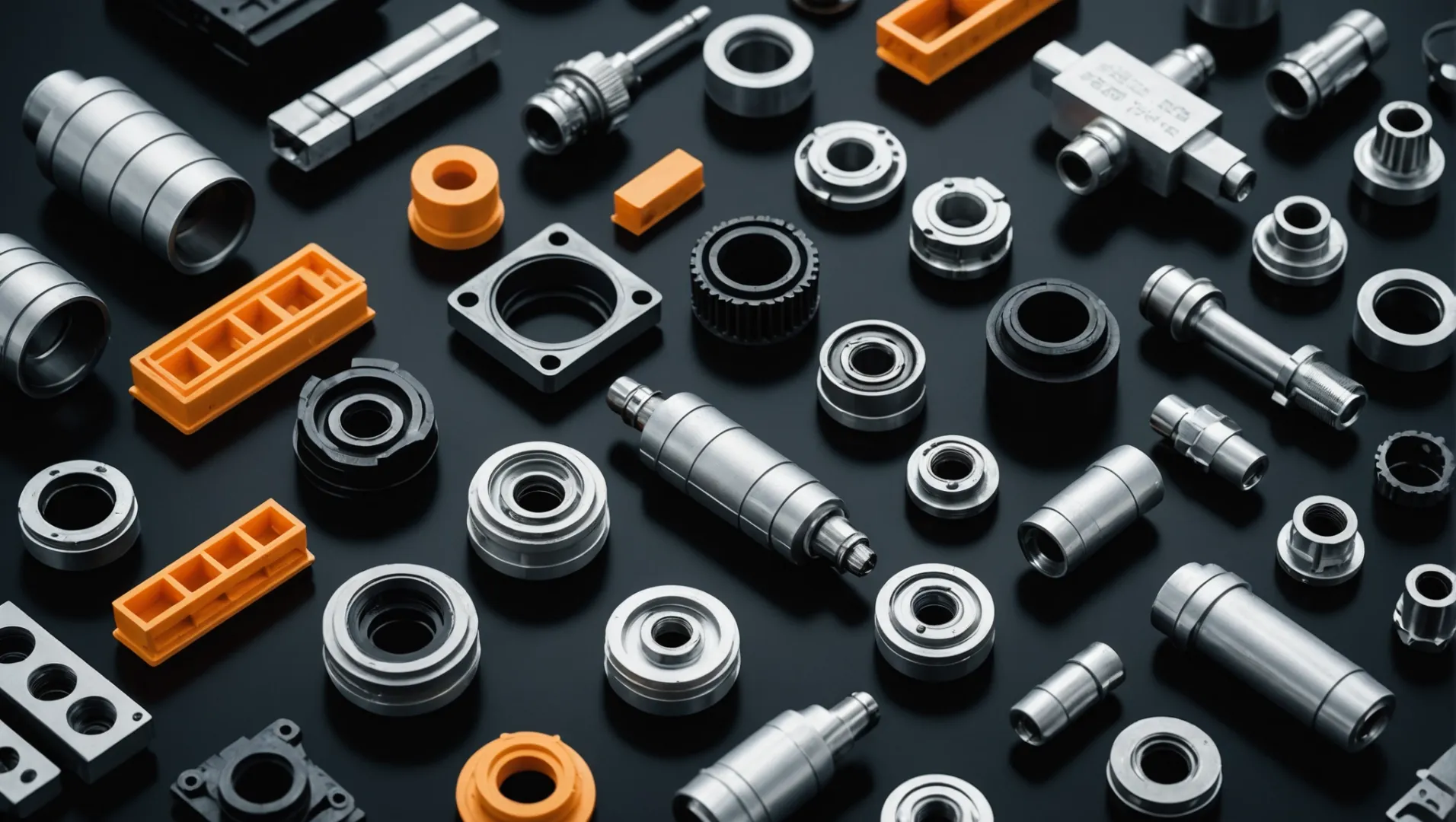
In the high-stakes world of aerospace, every component must perform flawlessly under extreme conditions.
High performance requirements for injection molded products in aerospace include mechanical strength, thermal resistance, chemical durability, electrical insulation, and precise dimensional accuracy. These ensure components can withstand harsh environmental conditions and perform reliably in critical applications.
While these requirements form the foundation of aerospace component design, understanding the nuances and specific material choices can greatly enhance performance. Let’s delve deeper into each aspect to uncover how these factors contribute to the overall success of aerospace missions.
Aerospace injection molded parts require high thermal resistance.True
High thermal resistance ensures components withstand extreme temperatures during flight.
How Do Material Choices Impact Aerospace Injection Molding?
Material selection in aerospace injection molding determines performance under extreme conditions, influencing durability, safety, and efficiency.
Material choices in aerospace injection molding impact mechanical properties, thermal resistance, chemical resilience, and dimensional accuracy. Selecting suitable materials ensures components can withstand the rigorous demands of flight, including extreme temperatures, pressures, and exposure to chemicals, ultimately affecting the reliability and safety of aerospace systems.
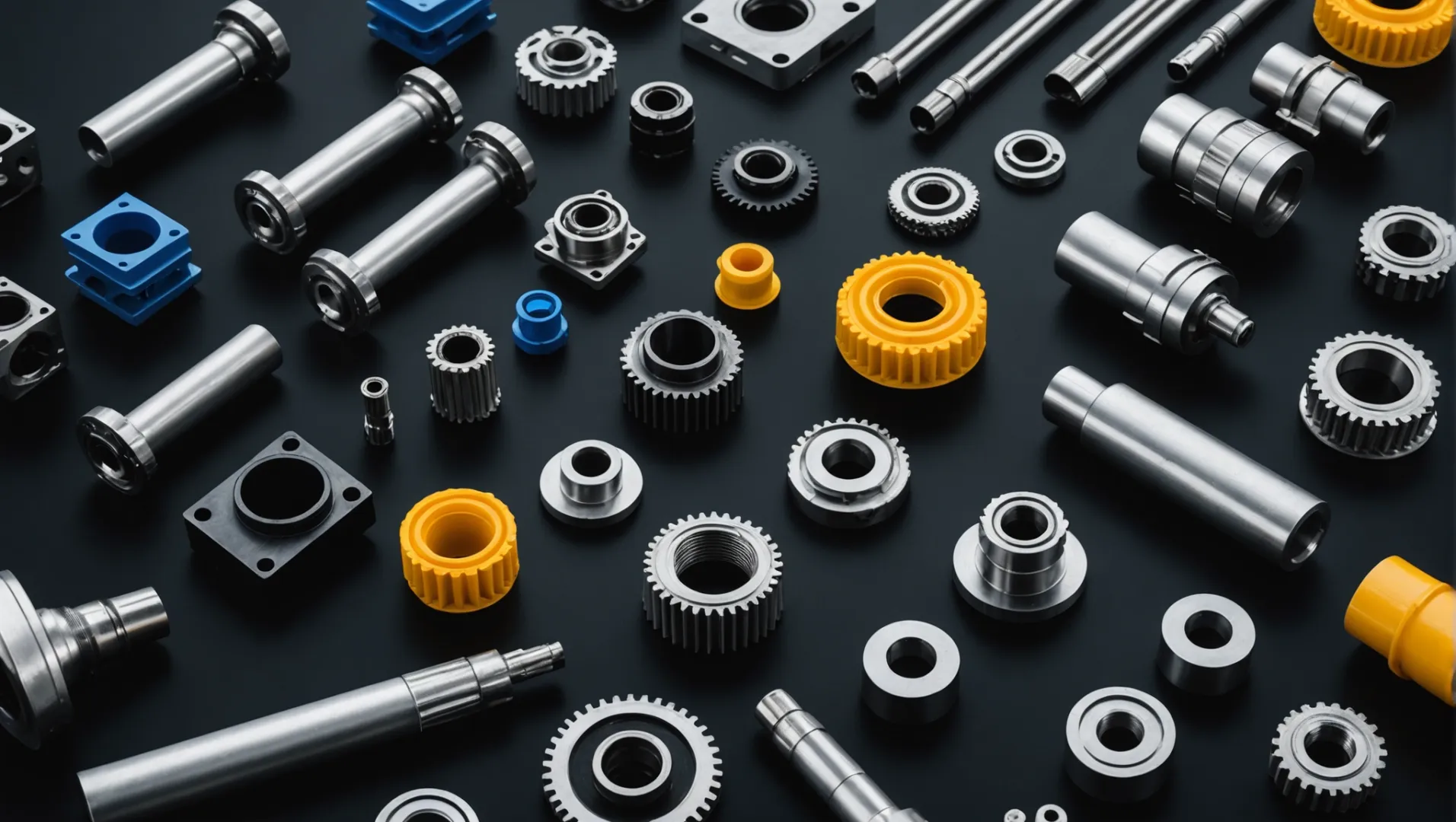
Mechanical Properties: Balancing Strength and Flexibility
In aerospace injection molding, mechanical properties like high strength and stiffness are non-negotiable. Components face significant forces such as air pressure and vibrations. Materials like carbon fiber-reinforced plastics are chosen for their ability to withstand these stresses. Additionally, good toughness is vital to absorb energy during impacts, ensuring parts like landing gears don’t suffer brittle fractures. Fatigue resistance also plays a crucial role as components endure repeated loading cycles without failing.
Thermal Properties: Enduring the Heat
High-performance aerospace components must resist extreme temperatures encountered during engine operation or atmospheric re-entry. Materials like PEEK and PPS are preferred for their high-temperature resilience. Furthermore, a low thermal expansion coefficient is critical to maintaining dimensional accuracy under temperature fluctuations. This minimizes deformation, ensuring components operate smoothly despite thermal stress.
Chemical Properties: Fighting Corrosion and Outgassing
Injection molded aerospace parts must resist chemicals like fuels and lubricants to avoid degradation. Low outgassing materials are essential in space environments to prevent contamination from released gases affecting instruments. This chemical resilience guarantees longevity and reliability of components in harsh conditions.
Electrical Properties: Ensuring Safety and Functionality
Electrical insulation is paramount to avoid short circuits and ensure the safe operation of onboard systems. Some components may also require electromagnetic shielding to protect sensitive equipment from interference. Selecting materials with high electrical resistivity or incorporating conductive fillers addresses these needs.
Dimensional Accuracy: Precision in Manufacturing
Aerospace components demand precise dimensional accuracy. Injection molding processes must achieve tight tolerances to ensure parts fit together seamlessly. Stable dimensional stability is necessary to maintain precision over time despite environmental changes. The right material choice here affects assembly accuracy and component interchangeability.
| Property Type | Key Material Choices |
|---|---|
| Mechanical | Carbon fiber-reinforced plastics, engineering plastics |
| Thermal | PEEK, PPS, PI |
| Chemical | Chemical-resistant polymers |
| Electrical | High-resistivity plastics, conductive composites |
Selecting the right materials for aerospace injection molding1 involves balancing these diverse properties to meet stringent industry requirements. This decision-making process ensures components not only perform effectively but also contribute to the overall success of aerospace missions.
Carbon fiber-reinforced plastics are used for strength in aerospace.True
These materials provide the necessary strength and stiffness for aerospace components.
PEEK is unsuitable for high-temperature aerospace applications.False
PEEK is preferred in aerospace for its resilience to extreme temperatures.
What Role Does Precision Play in Aerospace Component Manufacturing?
In the aerospace sector, precision in component manufacturing is not just a requirement; it’s a necessity that ensures the reliability and safety of flight systems.
Precision in aerospace component manufacturing guarantees tight tolerances, ensuring parts fit seamlessly, function reliably, and contribute to the overall safety and efficiency of the aircraft.
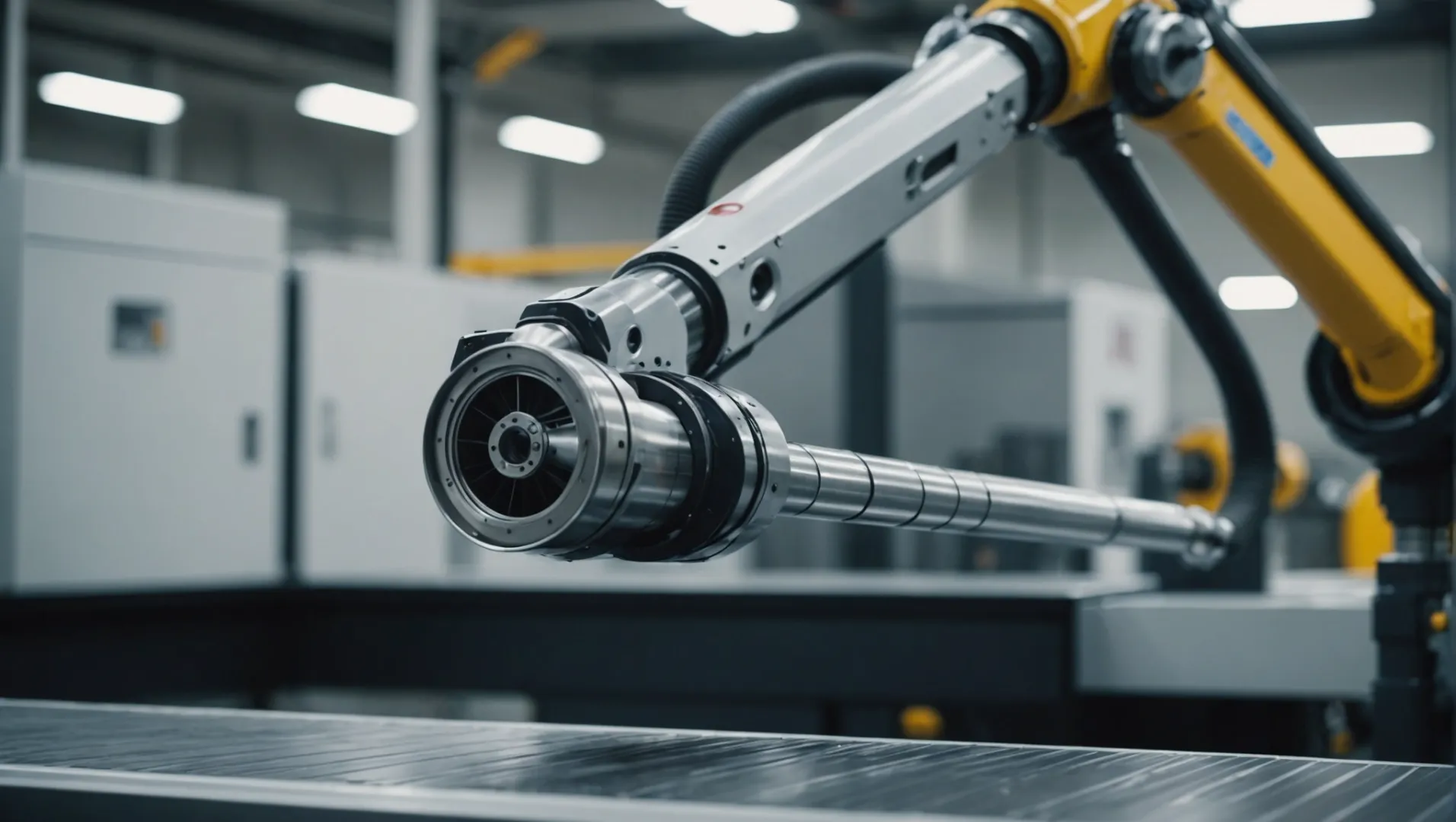
The Imperative of High Dimensional Precision
Aerospace components demand high dimensional precision due to the critical nature of their applications. With components needing to fit together with minimal tolerance, any deviation can lead to performance issues or catastrophic failures. Precision ensures that each part works harmoniously within the larger assembly, maintaining structural integrity and operational efficiency.
For instance, consider the role of precision in turbine blades within jet engines. These blades must withstand extreme rotational forces and high temperatures. Any slight deviation in dimensions can cause imbalances leading to vibration, inefficiencies, or even engine failure.
Dimensional Stability Under Varied Conditions
Not only must aerospace components be manufactured with high precision, but they must also maintain this precision under various environmental conditions. Components are often exposed to drastic changes in temperature, humidity, and pressure during flight operations. This necessitates the use of materials and molding processes that provide stable dimensional stability.
Materials like carbon fiber-reinforced plastics2 offer excellent dimensional stability due to their low thermal expansion coefficients. This quality ensures that components retain their precise measurements and fit, regardless of external conditions.
Precision in Injection Molding
Injection molding processes used in aerospace must adhere to strict standards to ensure precision. This involves controlling factors such as mold temperature, injection speed, and pressure to achieve consistent and accurate dimensions. Advanced techniques like micro-molding can produce components with intricate details and tight tolerances.
For example, PEEK3 (polyetheretherketone) is a popular material in aerospace injection molding due to its high thermal stability and ability to be molded with precision. This allows for the production of lightweight yet strong components essential for modern aircraft.
Quality Assurance and Testing
Quality assurance plays a crucial role in maintaining precision. Aerospace manufacturers implement rigorous testing protocols using advanced technologies like coordinate measuring machines (CMMs) and laser scanners to verify dimensional accuracy. These tests ensure that each component meets the stringent standards required for aerospace applications.
In conclusion, precision in aerospace component manufacturing is indispensable. It ensures that components fit perfectly within assemblies, perform reliably under stress, and maintain safety across flight operations. The future of aerospace innovation will continue to rely on advancements in precision manufacturing techniques and materials.
Precision ensures turbine blades in jet engines fit perfectly.True
Precision is crucial for turbine blades to prevent imbalances and failures.
PEEK is unsuitable for aerospace due to poor thermal stability.False
PEEK is used in aerospace for its high thermal stability and precision.
Why Is Chemical Resistance Crucial for Aerospace Applications?
In the aerospace industry, materials face not only mechanical stresses but also chemical challenges that can affect performance and longevity.
Chemical resistance in aerospace components prevents degradation from fuels, lubricants, and harsh environmental conditions, ensuring longevity and reliability in flight.
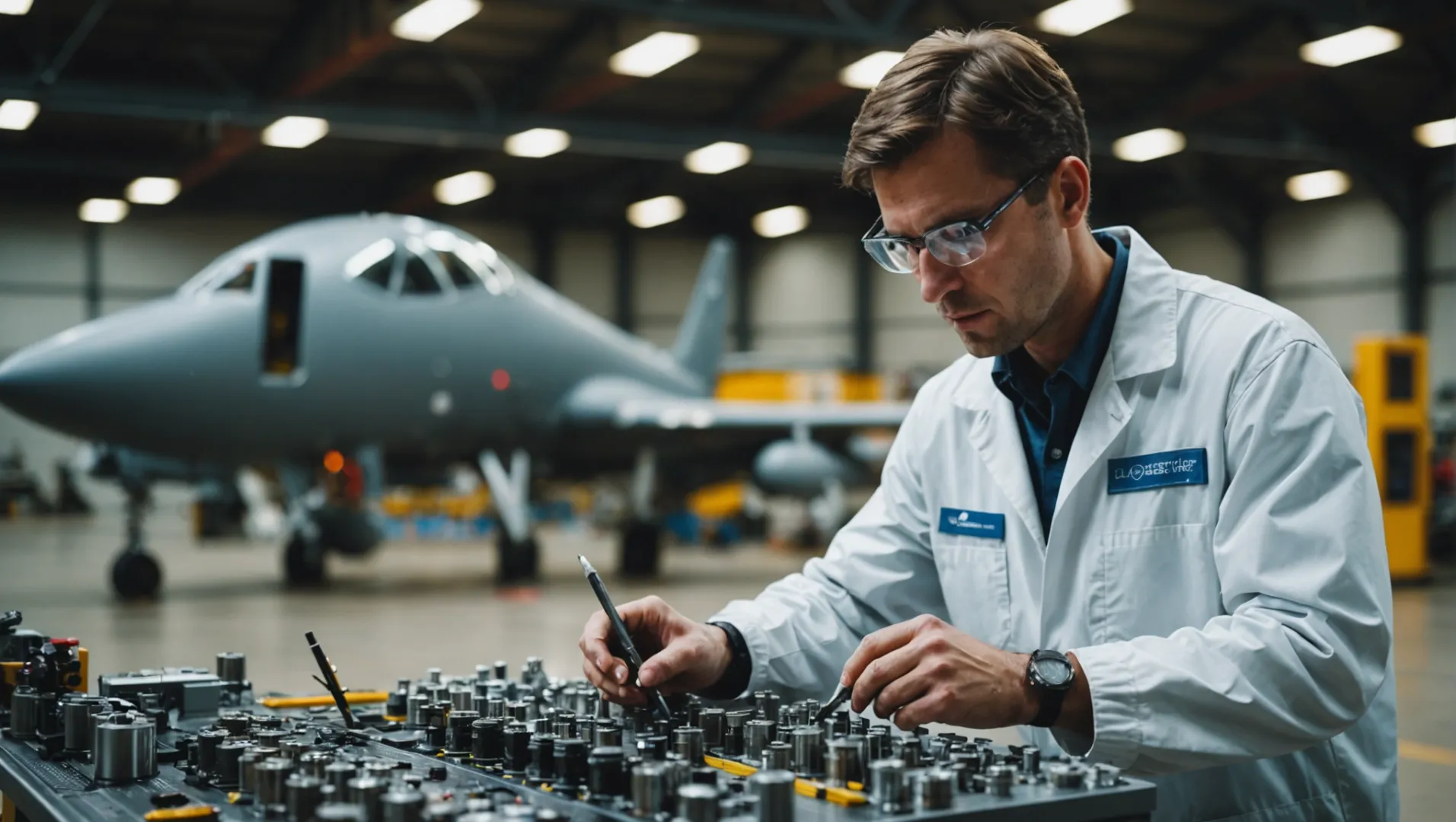
Understanding Chemical Challenges in Aerospace
Aerospace components are frequently exposed to a variety of chemicals, including fuels, lubricants, hydraulic fluids, and even environmental pollutants. These substances can cause corrosion or degradation of materials if they are not adequately resistant. This degradation can lead to catastrophic failures or the need for frequent maintenance and replacements, which are both costly and time-consuming.
Fuels and Lubricants
One of the most significant challenges is the exposure to fuels and lubricants. These substances can be particularly aggressive, especially at high temperatures or under pressure, which is common in aerospace environments. For instance, jet fuel is composed of various hydrocarbons that can penetrate and weaken non-resistant materials.
Injection molded products made from materials like polyetheretherketone (PEEK)4 or polyphenylene sulfide (PPS)5 provide excellent chemical resistance. These high-performance polymers maintain their integrity even when in constant contact with aggressive chemicals.
Atmospheric Conditions
The aerospace environment is not just about fuel and lubricants. Components are also exposed to various atmospheric conditions that include extreme temperatures, humidity, and potentially corrosive gases. In such an environment, maintaining chemical stability is crucial.
Materials with low outgassing properties6 are essential to prevent contamination of sensitive equipment. Outgassing refers to the release of gases from a material, which can be detrimental in a vacuum or low-pressure environment.
Material Innovations in Chemical Resistance
To combat these challenges, manufacturers often turn to advanced composites and engineering plastics that offer enhanced chemical resistance. For example:
| Material | Chemical Resistance | Typical Application |
|---|---|---|
| PEEK | Excellent against fuel | Structural components |
| PPS | Resistant to acids | Electrical housings |
| PI | Stable in solvents | Thermal insulators |
The choice of material depends on the specific chemical exposure expected during the component’s lifecycle. Selecting the right material can significantly reduce maintenance costs and improve the longevity of aerospace components.
The Impact on Reliability and Safety
Ensuring chemical resistance not only enhances the longevity of components but also contributes significantly to the reliability and safety of aerospace operations. Materials that degrade due to chemical exposure can compromise the structural integrity of critical components, posing safety risks.
In conclusion, understanding and addressing chemical resistance is a fundamental aspect of designing aerospace components. With advancements in material science, aerospace engineers can now select materials that provide superior protection against chemical degradation, ensuring safer and more reliable missions.
PEEK is resistant to jet fuel in aerospace.True
PEEK maintains integrity against jet fuel due to its chemical resistance.
PPS degrades quickly in aerospace environments.False
PPS is chosen for its resistance to acids and stability in aerospace.
How Do Thermal Properties Affect Injection Molded Parts in Flight?
In aerospace, thermal properties of materials can make or break the reliability of components during flight.
Thermal properties such as high temperature resistance and low thermal expansion are critical for maintaining the performance of injection molded parts in aerospace applications. These properties ensure that components can withstand and operate efficiently under varying thermal conditions experienced during flight.
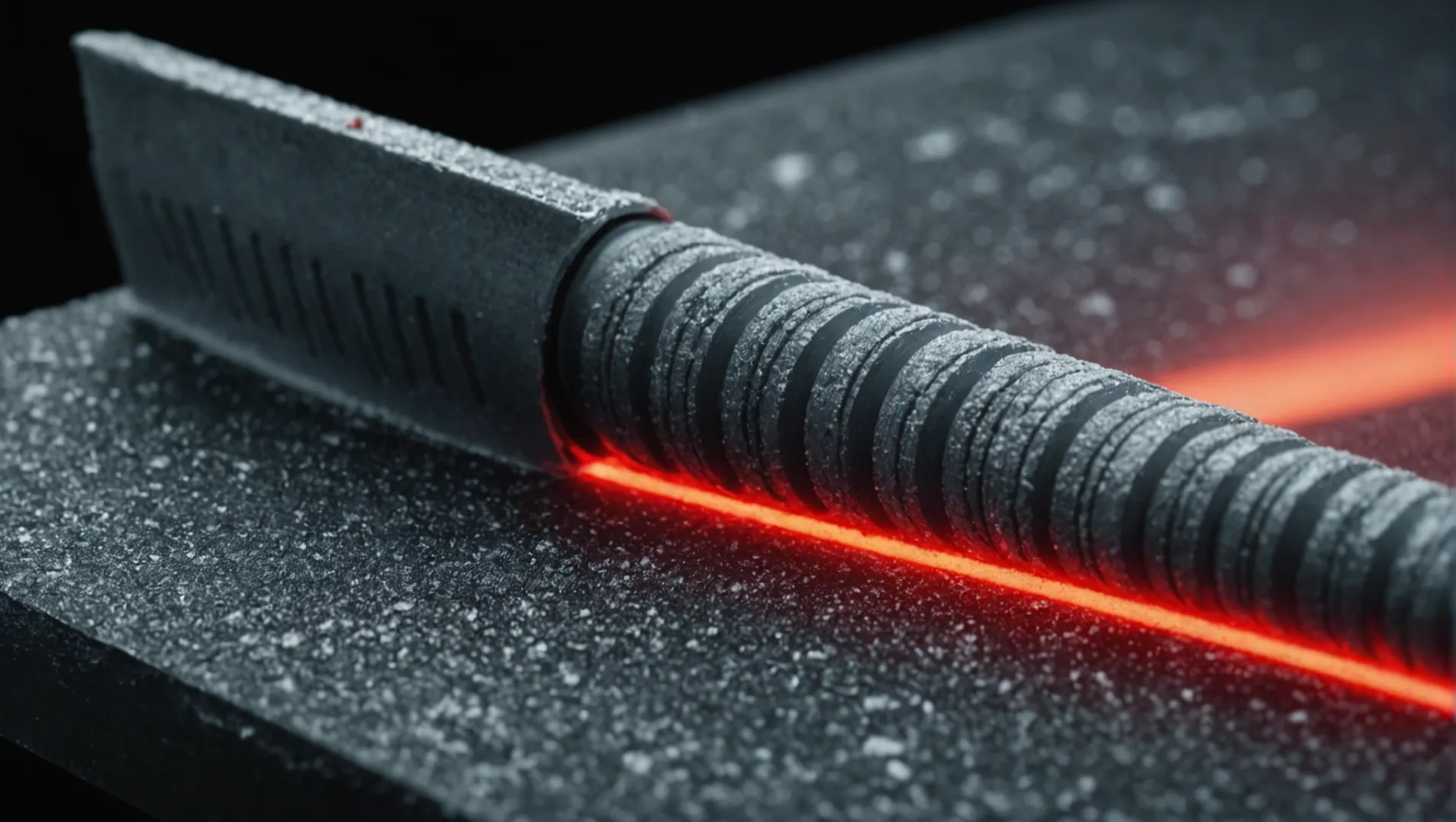
The Importance of High Temperature Resistance
Injection molded parts in aerospace applications often face extreme temperatures. Whether it’s the heat generated during takeoff or the intense cold at high altitudes, materials must resist these changes to maintain their integrity. For example, materials like PEEK7 and PPS are favored due to their high melting points and excellent thermal stability, ensuring they perform well even in harsh environments.
Managing Thermal Expansion
A crucial aspect of aerospace component design is managing thermal expansion. Materials with a low thermal expansion coefficient are vital to maintain dimensional accuracy. This prevents components from deforming or failing under temperature fluctuations, which could lead to malfunctions. For instance, carbon fiber composites offer superior stability due to their minimal expansion properties.
| Material | Melting Point (°C) | Thermal Expansion Coefficient (µm/m°C) |
|---|---|---|
| PEEK | 343 | 47 |
| PPS | 280 | 30 |
| Carbon Fiber Composite | N/A | 2-10 |
Ensuring Long-Term Reliability
Thermal properties not only affect immediate performance but also long-term reliability. Components that frequently undergo thermal cycling can experience fatigue, leading to premature failure. Selecting materials with high fatigue resistance is essential to counteract this, ensuring parts remain reliable over extended periods.
The balance between thermal stability8 and mechanical performance is critical. While high strength materials are necessary for structural integrity, they must also manage thermal stresses efficiently to prevent cracking or warping during flight.
By understanding and optimizing these thermal characteristics, aerospace engineers can design injection molded parts that not only meet but exceed performance expectations, ensuring safety and reliability in every mission.
PEEK has a melting point higher than 300°C.True
PEEK's melting point is 343°C, making it suitable for high temperatures.
Carbon fiber composites have high thermal expansion.False
They have low thermal expansion, ensuring dimensional stability.
Conclusion
High performance standards in aerospace injection molding ensure safety and reliability. Prioritizing material selection and precision engineering is essential for success.
-
Discover essential factors in selecting materials for aerospace components.: Learn how to select the right material for your injection molding design with this technical overview of thermoplastic resins. ↩
-
Learn how carbon fiber-reinforced plastics enhance stability and performance.: Carbon fiber is significantly stronger than aluminum and weighs about 40% less. This makes it an incredibly useful material in the aerospace industry. ↩
-
Discover why PEEK is ideal for precision in aerospace components.: One of the benefits of this semi-crystalline plastic is that it offers exceptional mechanical properties, temperature performance, and chemical resistance. Even … ↩
-
Learn how PEEK offers superior chemical resistance for aerospace applications.: PEEK is compatible with almost any of the solvents used in HPLC. The only solvents which will attack PEEK are concentrated nitric acid and sulphuric acids. ↩
-
Explore why PPS is favored for its chemical stability in aerospace.: Polyphenylene sulfide (PPS) is a semi-crystalline engineering thermoplastic that closes the gap in price and performance between standard and advanced polymers. ↩
-
Discover materials with low outgassing properties suitable for aerospace.: Low outgassing materials are used in applications in high vacuum environments such as aerospace or semiconductors. ↩
-
Discover why PEEK and PPS are preferred for high-temperature applications.: PPS and PEEK are both semicrystalline, high-performance thermoplastics. They’re known broadly for low friction, good wear, fatigue, and chemical resistance. ↩
-
Learn how thermal stability enhances component reliability.: As ceramics do not conduct the heat of the gas, the blade alloy temperature remains stable. Therefore, the turbine can operate at higher … ↩






